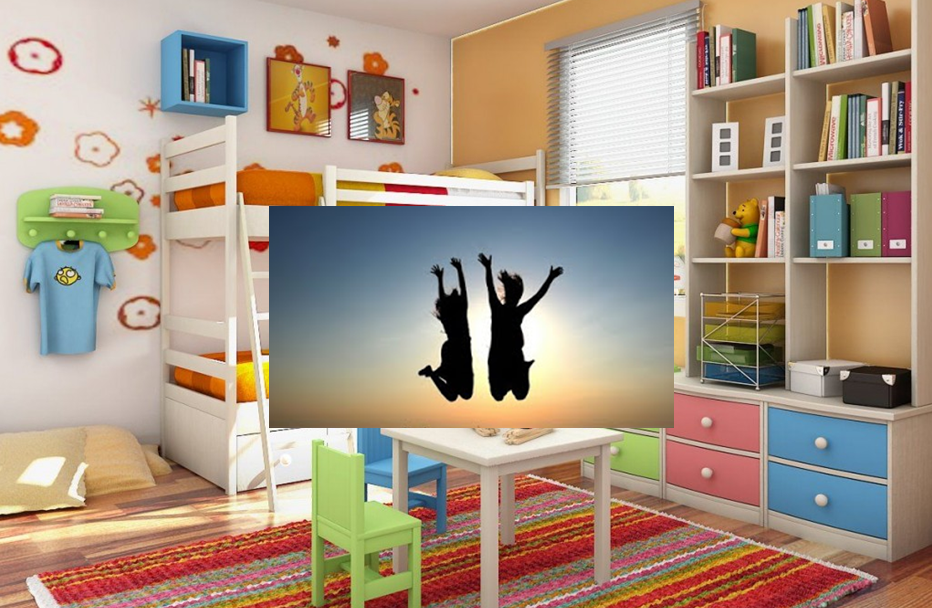
I’m a sucker for any books or magazine articles that promise the secret of organization and managing your time effectively. And every year, I go through the same process of making new year’s resolutions to get organized.
One magazine article touted the merits of a place for everything and everything in its place. The concept here is that you select a place for an object and then when you use it, you but it back in the same place. For example, if you put your scissors in your desk drawer, you’ll always know where they are—but the catch is that you (and your family) must always return the scissors to the desk drawer. And of course, if someone in the family can’t find the scissors, they may go out and buy new scissors and put them in the kitchen junk drawer—and the next thing you know both pairs of scissors are lost because there is no longer “a scissor place”.
The Container Store is full of great products to store and organize everything in your home and/or office. And Rubbermaid makes bins and containers in all sizes. So taking all of your stuff and organizing it all into containers with labels is a great solution—until you remember the classic George Carlin routine about “stuff”: “A house is just a place to keep your stuff while you go out and get more stuff.”
But ever the optimist, when I found Marie Kondo’s book: The Life-changing Magic of Tidying Up, I thought that it just might be the answer. It’s not the stuff; it’s keeping it tidy that’s the real problem. If Marie has the “magic of tidy” then I’m all in.
In the first chapter, Marie talks about her efforts as a young girl to keep her room and her family’s living space tidy. And like me, she tried all sorts of “organization” methods, all of which eventually failed. But Marie also promises that she did finally find the magic and today she has a successful business helping others “tidying up”. She also promises that not one of her clients who worked through the process with her have ever abandoned her “magic”.
As you work through the process you learn that the real magic is to get to know yourself. What do you need? What gives you joy? As you go through your space, the trick is to really be truthful to yourself and dispose of those things that aren’t good enough to use or wear, but too good to throw away. This goes against our traditional thinking:
- More is Better
- Too good to throw it away
- You never know when you are going to need it
- As soon as I lose a few pounds
- I want it all
Once you really simplify to the things that give you joy, keeping them tidy won’t be a burden.
So once I got my closets and cabinets into a joyful state, I turned my attention to work. Could the “magic” work here, too? I’ll admit, it’s more difficult—more people, more opinions, more diverse needs. But I also discovered that taking a different approach to work tasks and looking for the joy in what you do can give you a new perspective.
You can even apply this idea to your project management software (including the Spitfire Project Management System). For example, do you have many people giving you direction on how your project management system should work? Or are you and your team fighting the system (trying to do something that just isn’t working), or maybe just trying to do it all?
Follow the “magic”—what do you need? What gives you joy? And don’t forget one additional fact: users are most comfortable when they a) understand how something works and b) know what to do. Maybe you are trying to do too much. Instead of trying to accommodate anything that might happen, simplify to handle the important stuff, and allow for some manual manipulation when those “what if” situations arise. When users are confident (and trained) about what they are doing, it can be joy.
Tweet